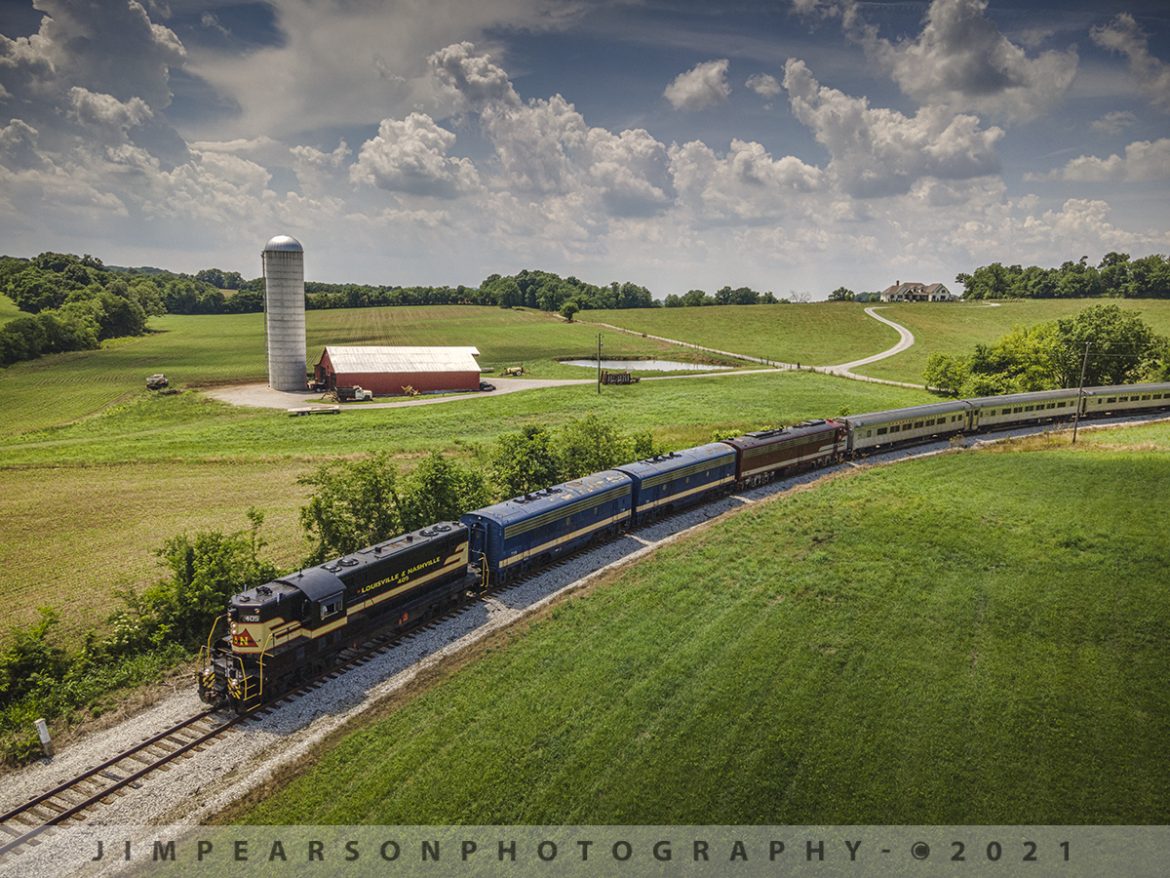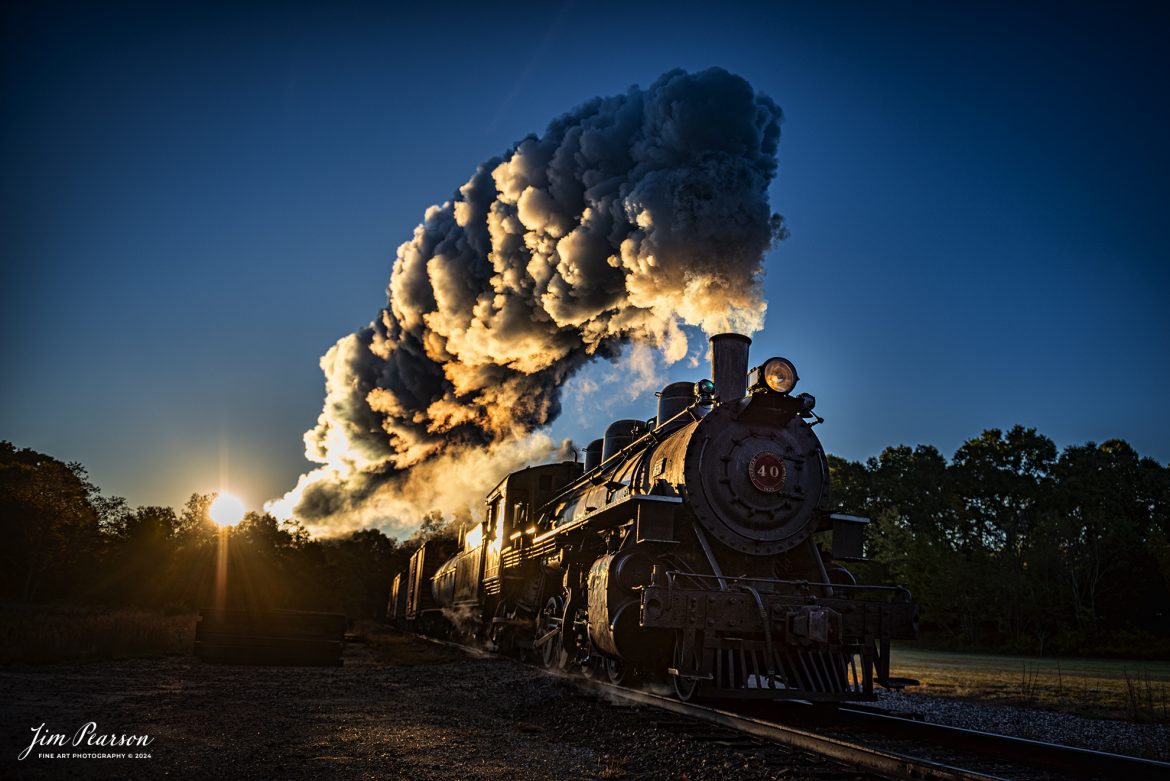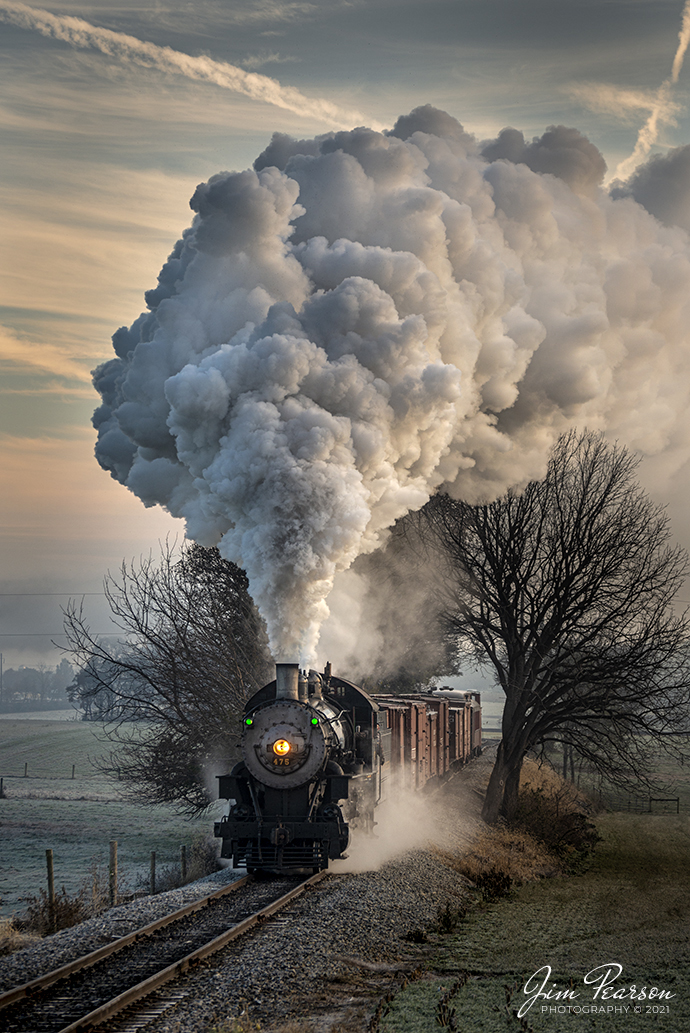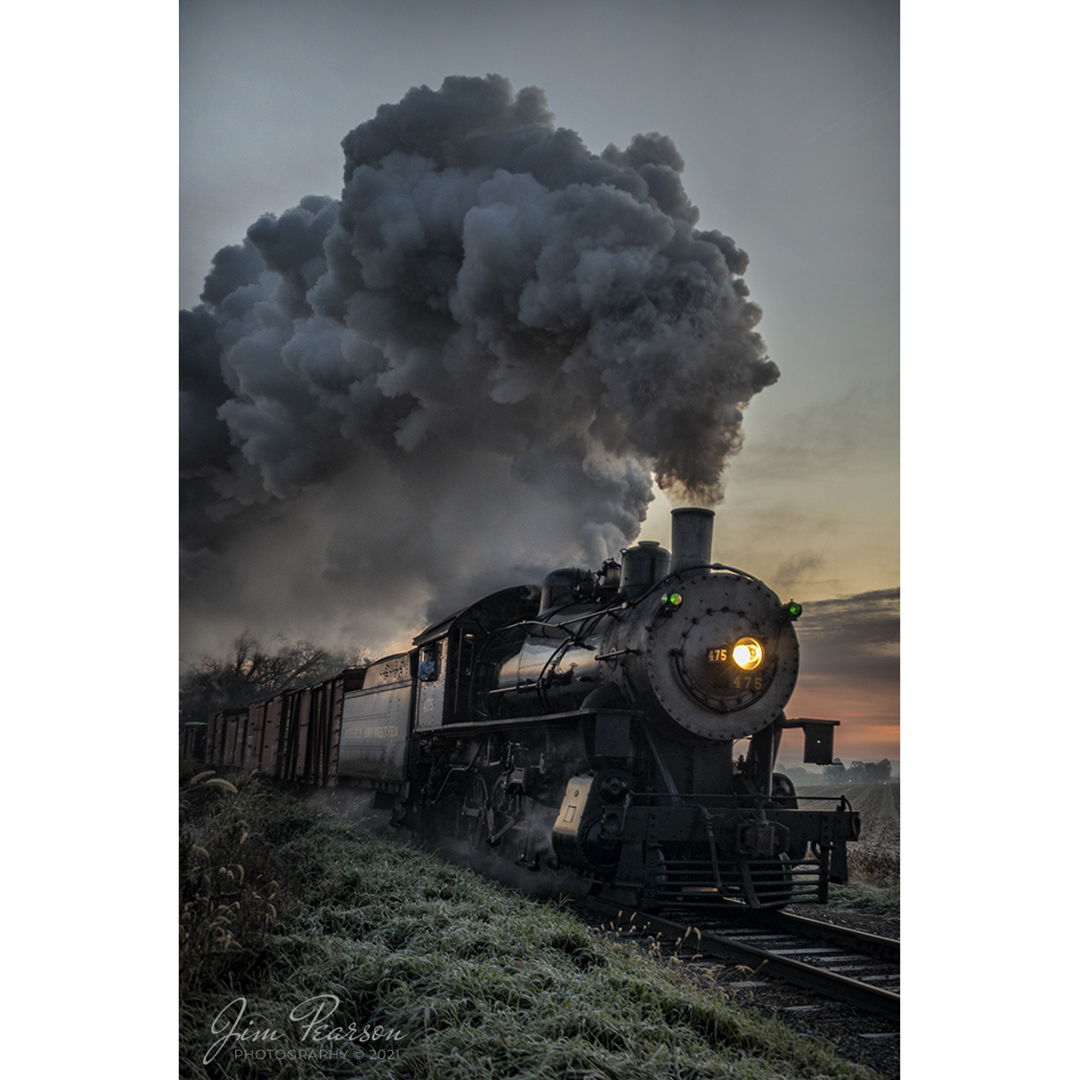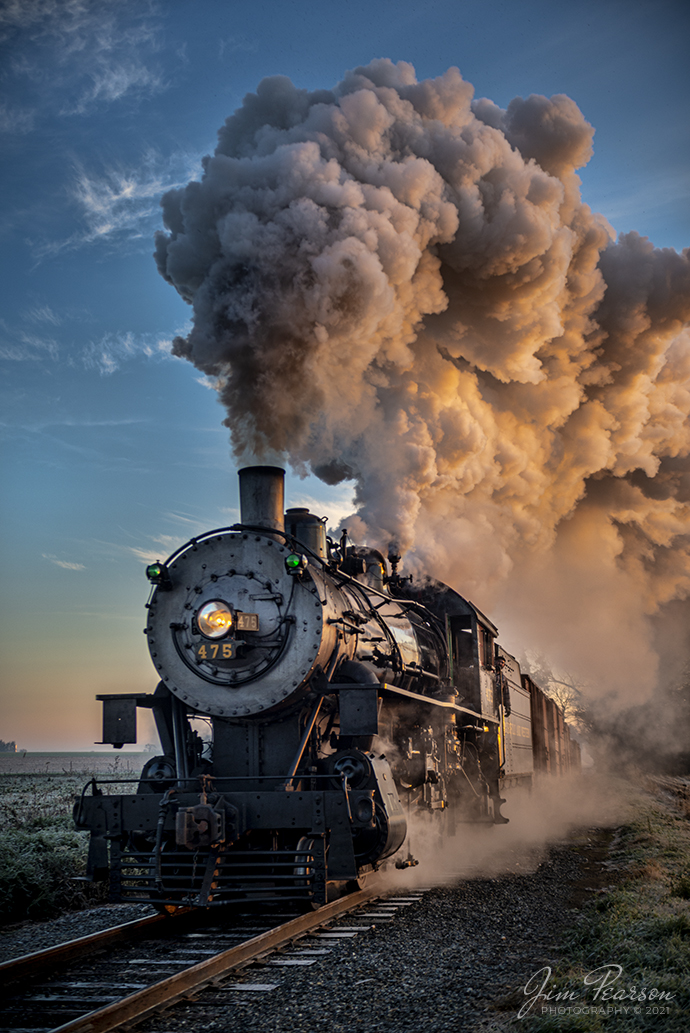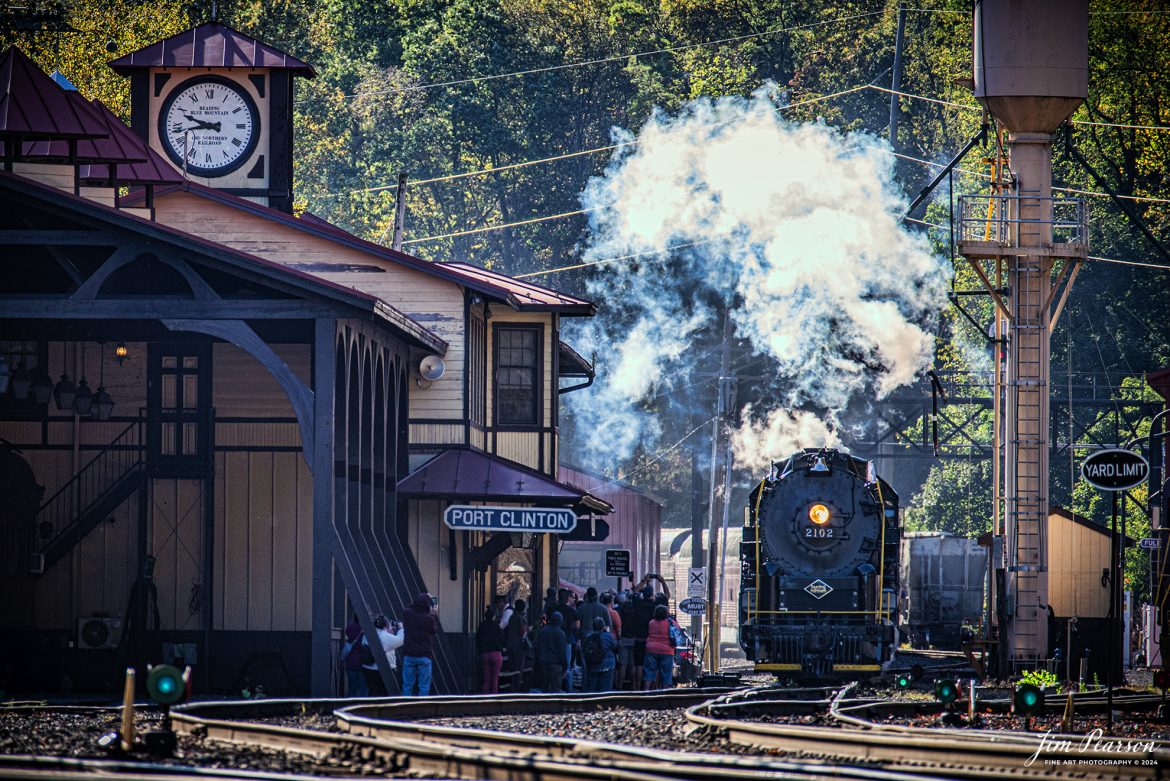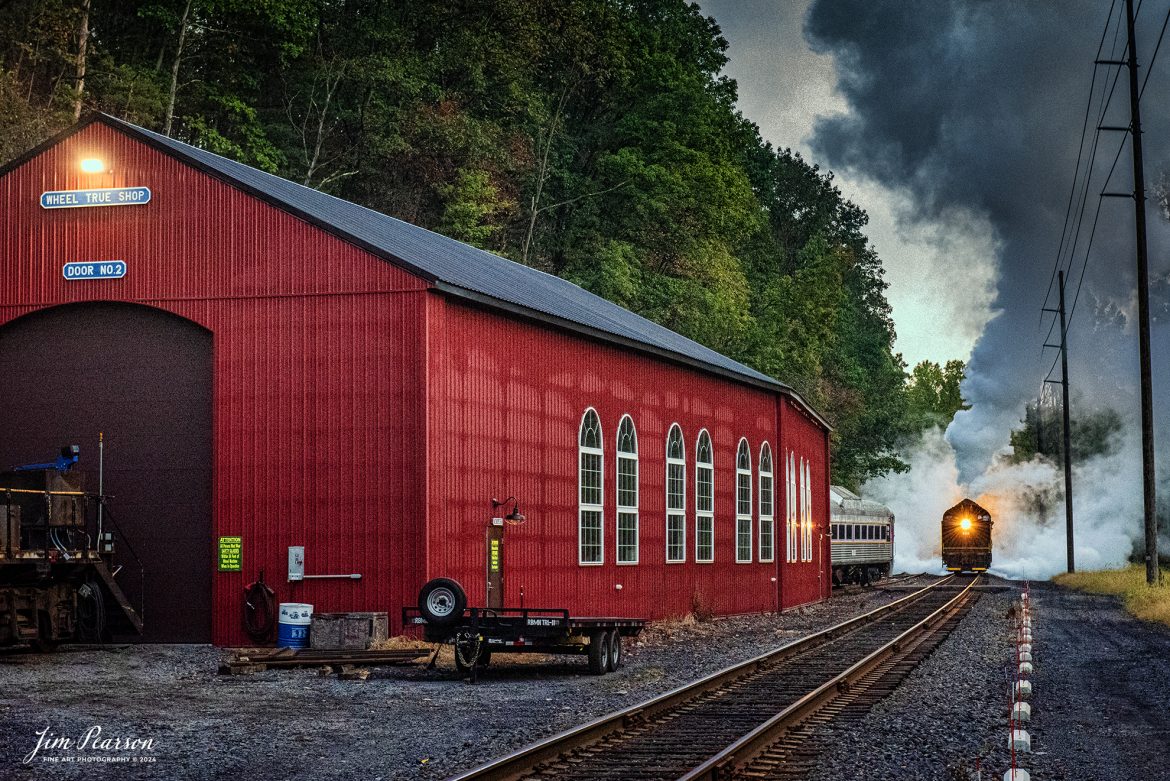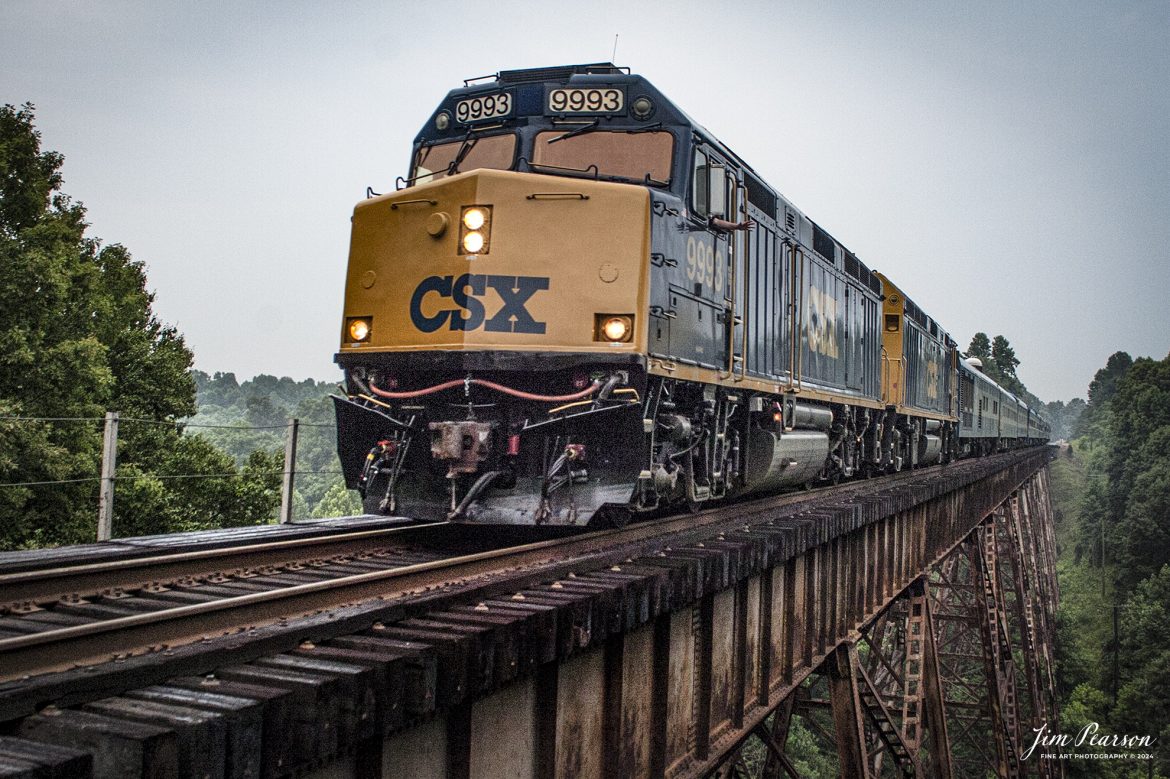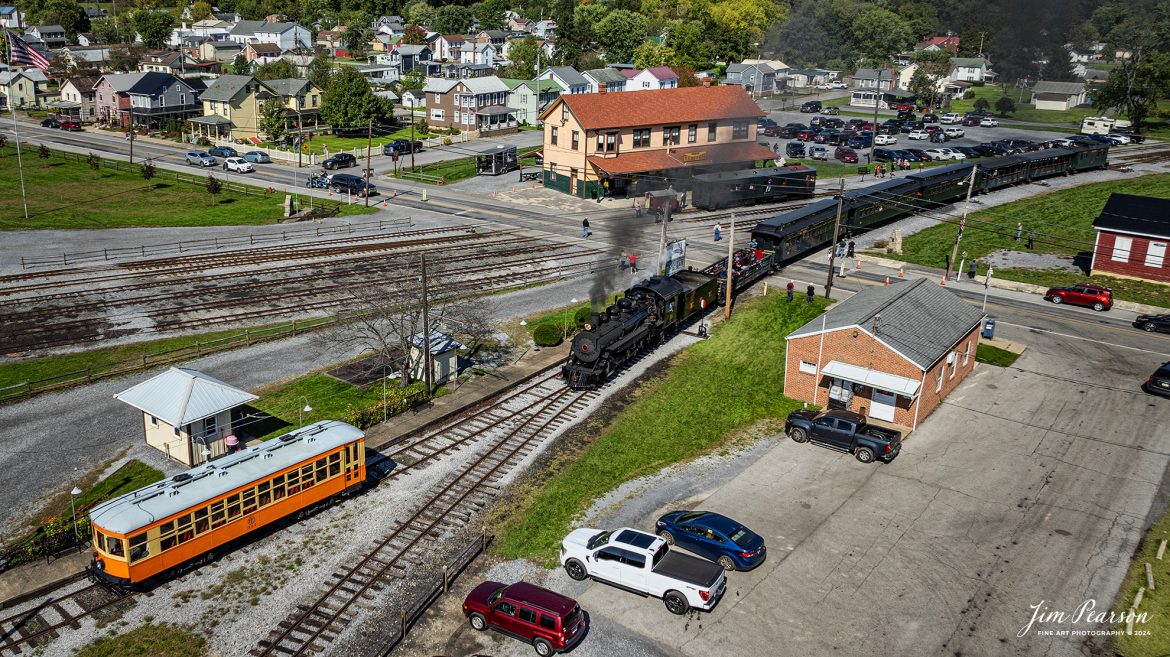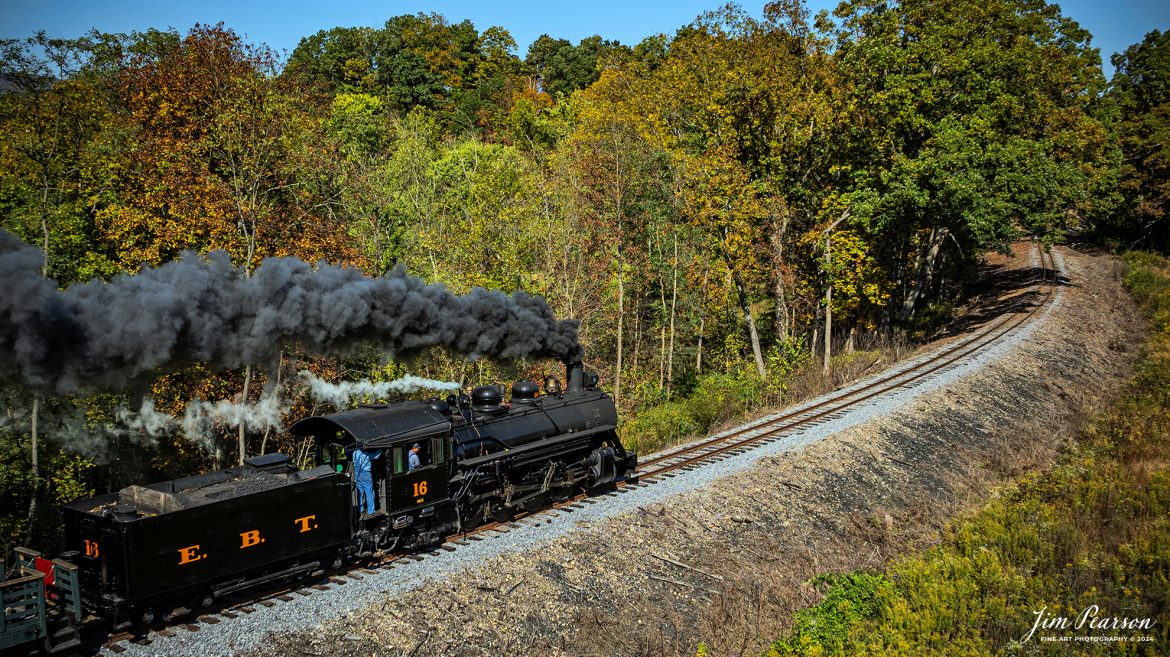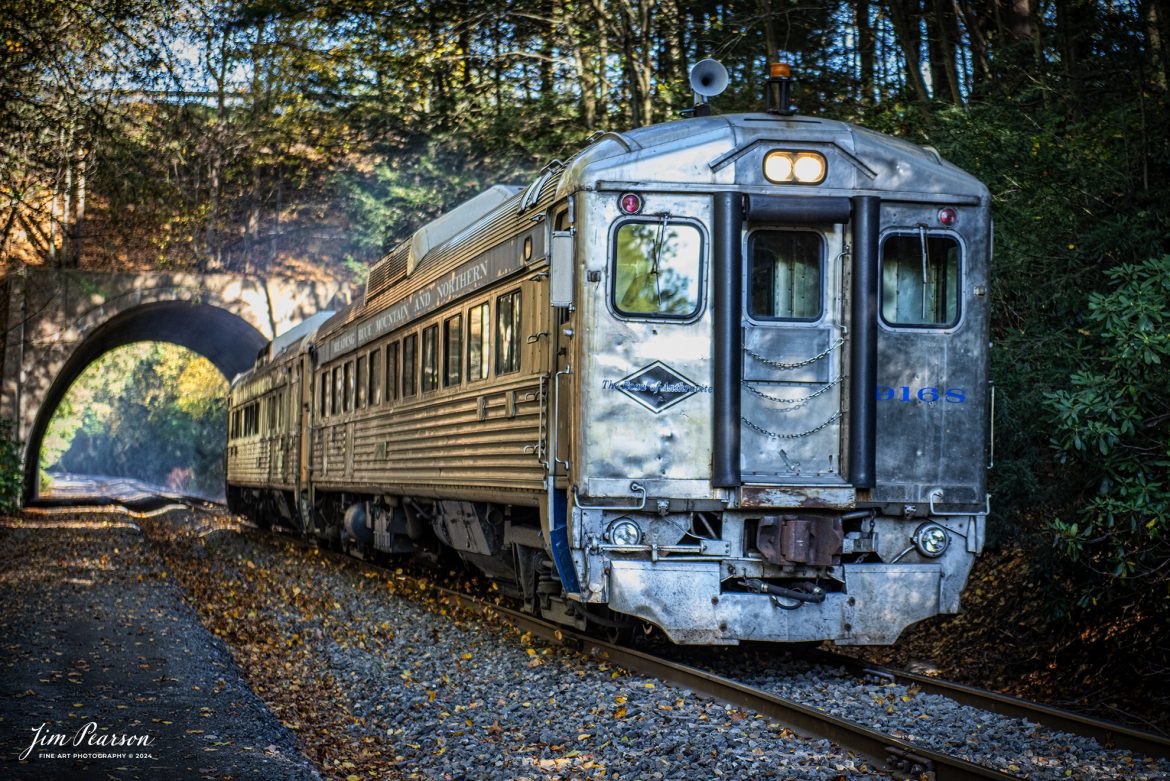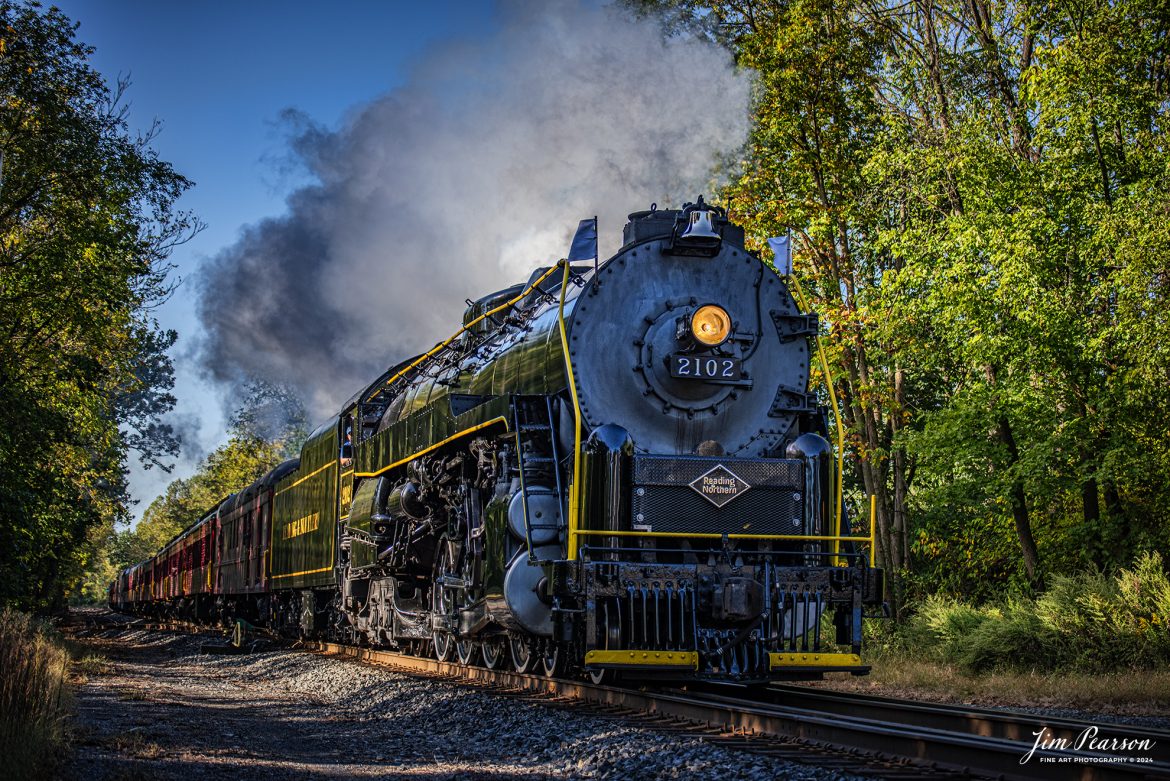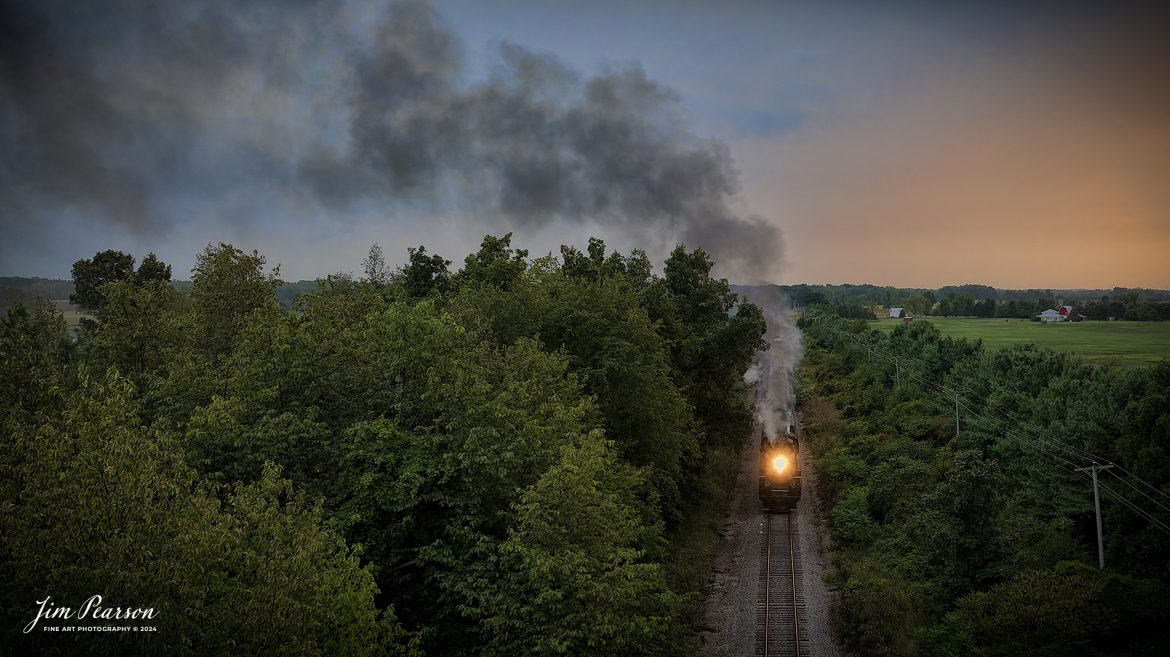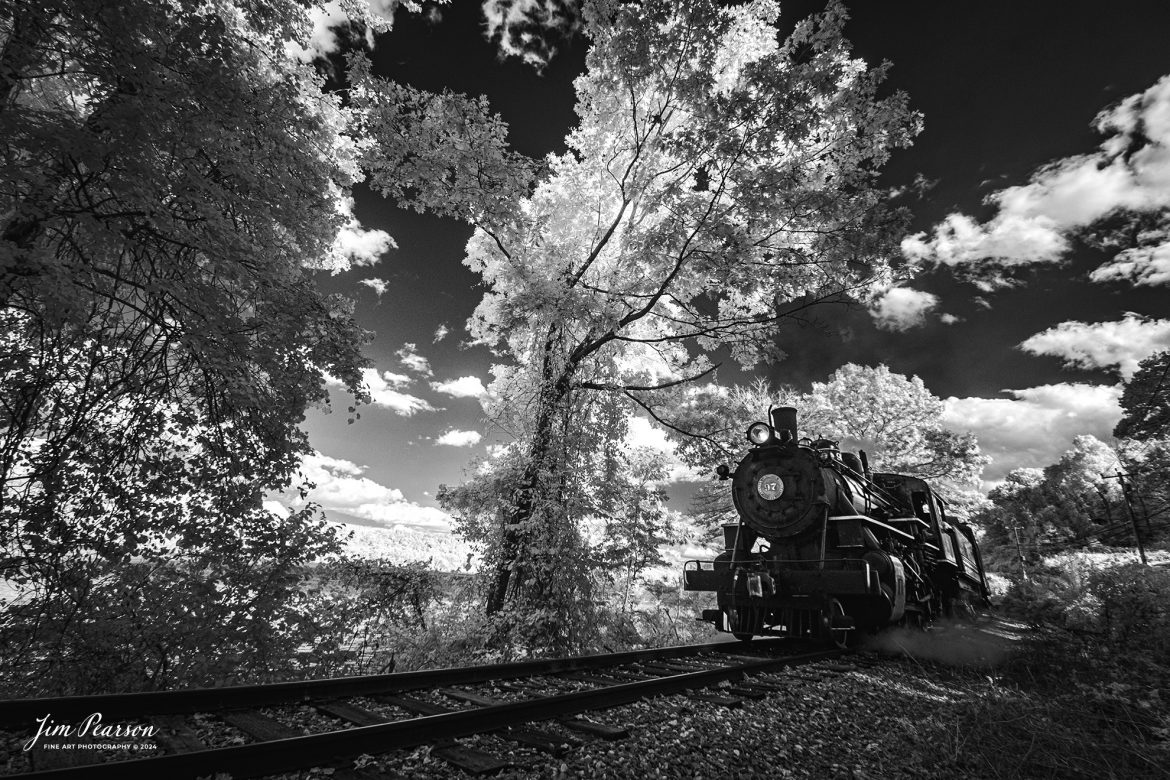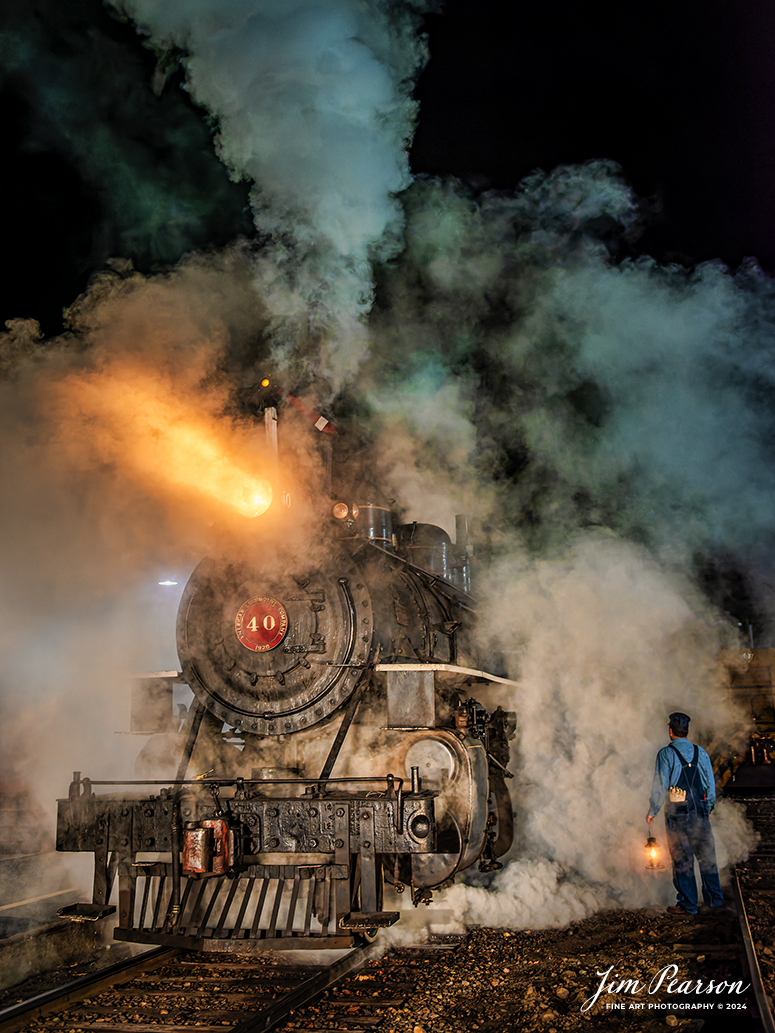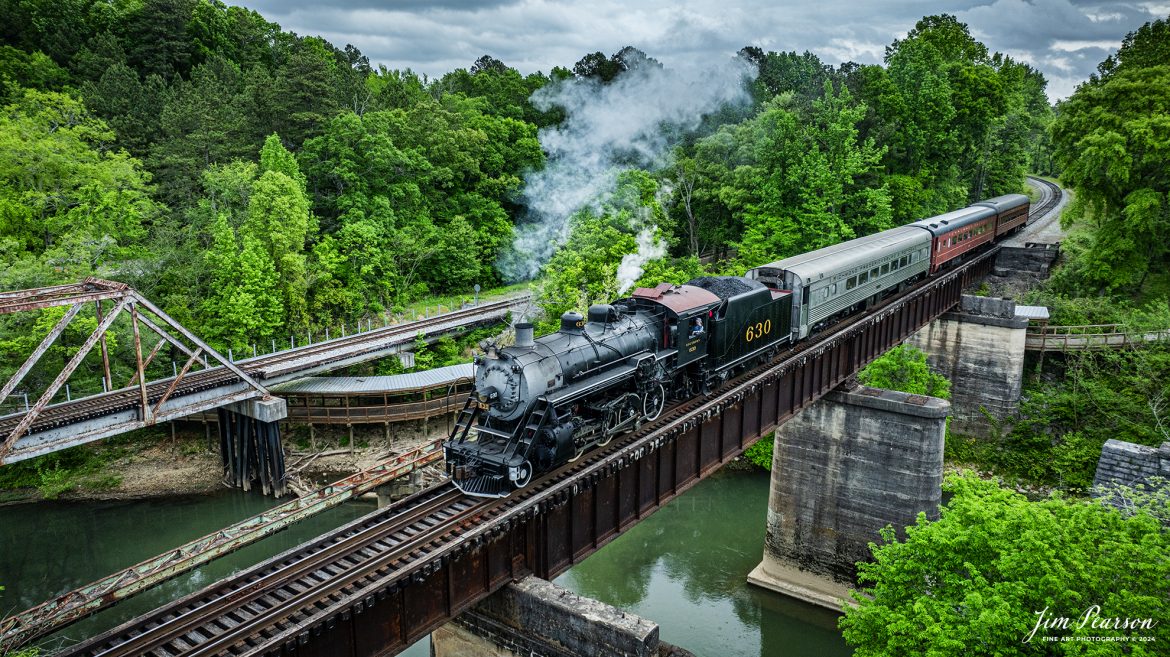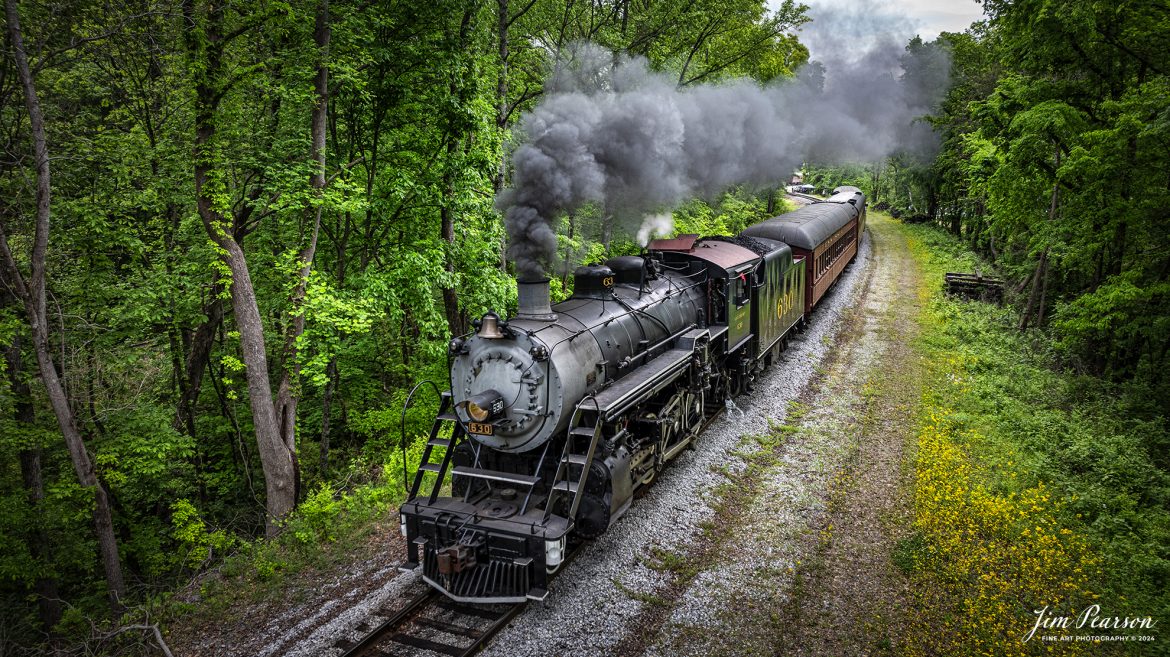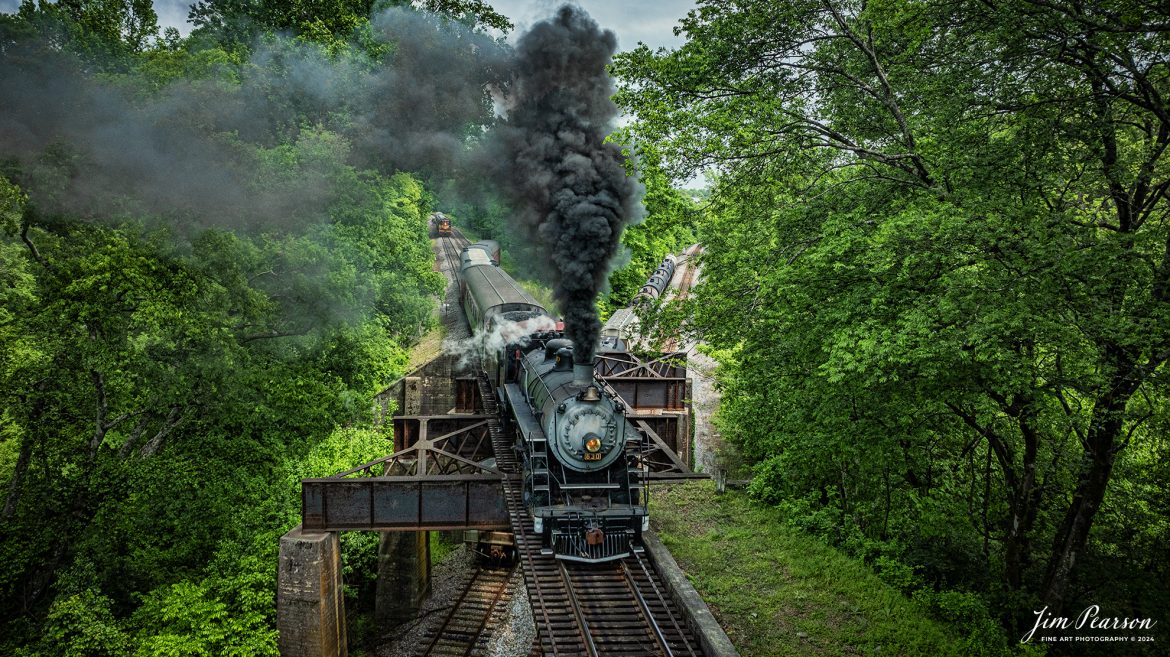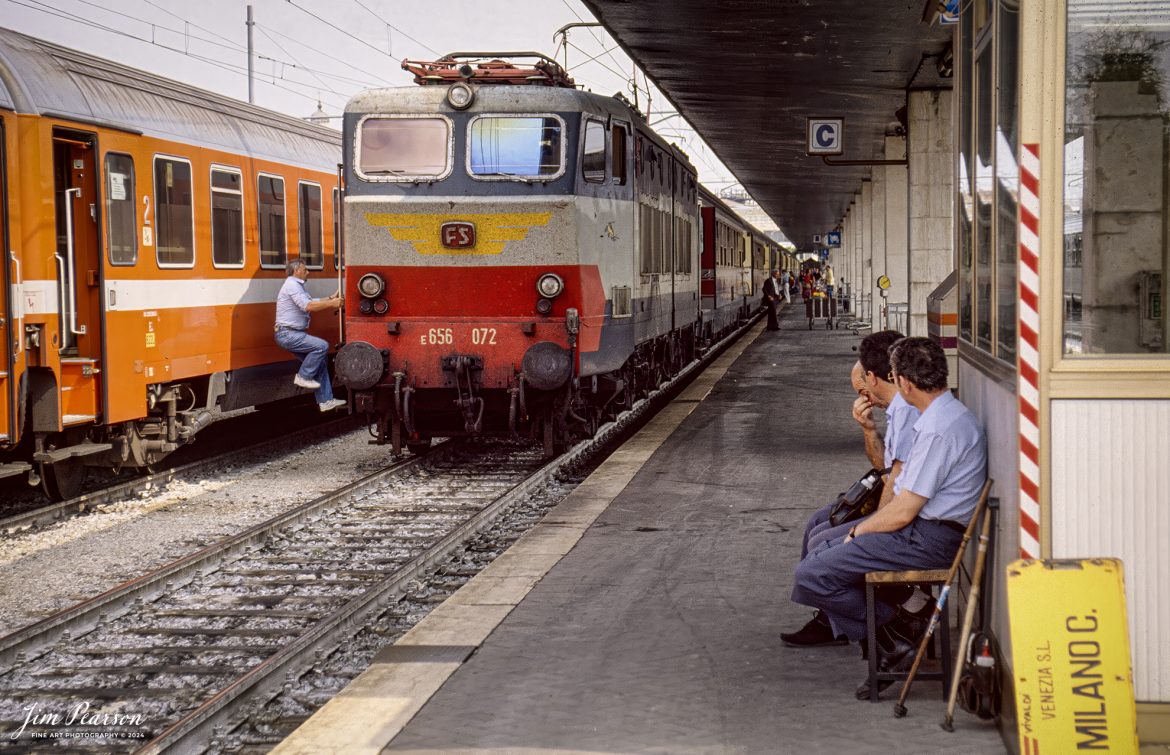Today was my first time chasing the Tennessee Moonshine Sippin’ Excursion Train train from the Tennessee Central Railway Museum (TCRX), which operates out of Nashville, TN on June 12th, 2021. While it was a hot and muggy day, myself and fellow railfan Ryan Scott, of Steelrails, had a great time chasing this train from Nashville to Watertown, TN and back, along the Nashville, and Eastern Railway line. Once restoration is complete Nashville Steam’s Nashville, Chattanooga & St. Louis Railway steam locomotive No. 576 will lead trains along this same route!
Here Louisville and Nashville #405 (GP7 405) lead the Tennessee Moonshine Sippin’ Excursion Train through the curve at Cherry Valley, TN as they approach their turn-around point of Watertown, TN on the Nashville & Eastern railway with, L&N’ F7B 715 & 719, plus TCRX E8A 6902 trailing.
According to their website: The Tennessee Central Railway Museum is a volunteer, non-profit organization. Our mission is to preserve, restore, interpret, and operate historic railroad equipment to educate our guests about America’s railroads.
We have a growing collection of historic equipment, but TCRM is much more than a static museum. Our specialty is operating historic trains, providing a unique opportunity to rediscover vintage rail travel through beautiful Middle Tennessee.
Since 1989, TCRM has been running passenger excursions from Nashville to points east such as Lebanon, Watertown, Baxter, Cookeville, and Monterey, Tennessee.

